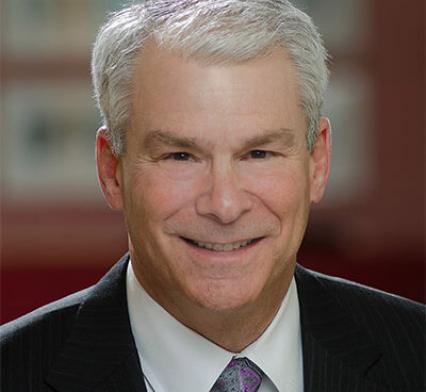Culture
When I talk to my peers these days, “culture” is the main topic I hear. Mostly, it comes with a strong bias that it requires people to be working together in a building. We all know, of course, that there’s more to the concept. But to be frank, I’ve fumbled sometimes in describing Pinnacol’s culture – and, by extension, how it will be served or not by bringing people back to our building.
We surveyed our people and learned that most only wanted to come back to the building on a limited basis. At the same time, many of them, as well as our leaders, saw value in the creative sparks that can occur through random encounters and sheer physical proximity. Our return-to-the-building protocol was designed to prioritize safety (re-entry on limited basis and only if vaccinated, no in-person team meetings for the time being) while laying a foundation for teams to come back together when the time is right. We aimed to recognize our team members’ unparalleled ability to deliver high-quality results in a remote environment while respecting individuals’ unique views about coming together or staying remote.
Yet just as we were announcing our plans, I came upon this post from the CEO of Korn Ferry. His framing really hit home: culture is about “what it feels like to work here” and “how do things get done here.” He cites a survey Korn-Ferry conducted that showed “nearly three-quarters of executives described culture as being extremely important to organizational performance. And yet, only a third said that their culture was fully aligned with their business strategy.”
I sat down with my team to explore the questions this piece raised. Did our return-to-the-building policy mesh with our culture? Does bringing people back into the office in order to create opportunities for collisions of ideas mean that our company doesn’t have the caring culture we pride ourselves on? Does that decision implicitly value an abstract construct of “collaboration” over “trust” – trusting our employees to make the best decisions about how to work and take care of themselves and our customers, as they have shown themselves able to do with flying colors over a year of working remotely? But will our culture erode if we maintain a mostly remote workforce? As my company embarks on a new strategic plan, we must ask what culture will enable success – and if that’s the one we have.
At the end of the day, successful corporate cultures are those that demonstrate integrity between what a company says and what it does. If a company says it is customer-centered but relies on long-standing processes rooted in the way things have always been done, that disconnect impedes success. If a company says it wants to be agile and product-led but leads with process, that undercuts effectiveness.
I know that in our case, we will be deeply examining the unwritten assumptions that underlie our working patterns. We will be working intentionally to evolve our culture to ensure that how and where we work enables what we, and our team members, want to achieve.
